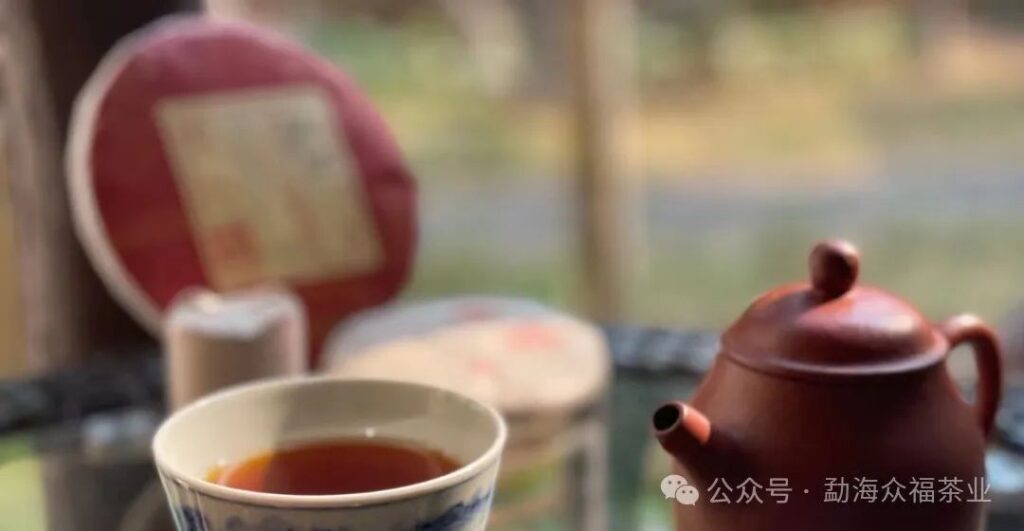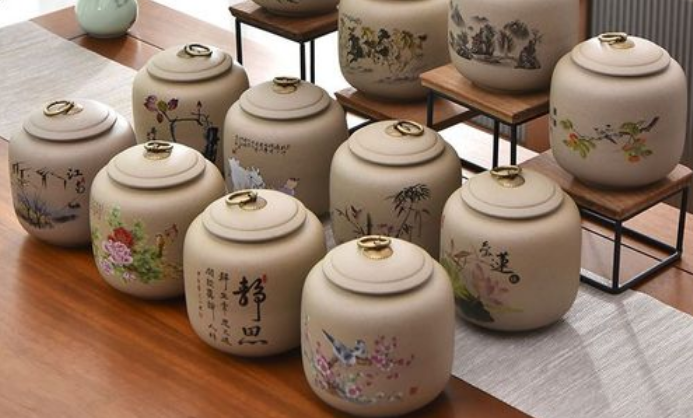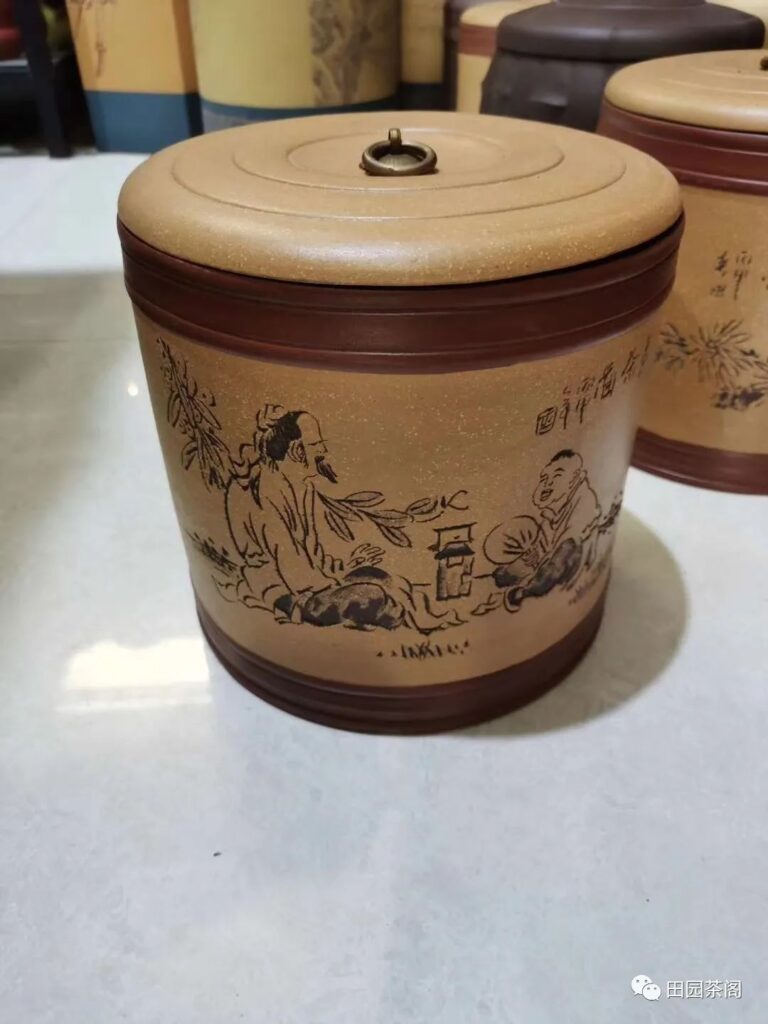Most tea-drinking friends may have puzzles about tea storage. If tea is not stored properly and gets taints of other odors or molds, it will lose its drinking value and become waste tea that is “tasteless to drink but a pity to discard”. Good tea getting spoiled during storage is generally affected by two aspects. One is moisture absorption, and the other is contamination by strange odors. If dry tea absorbs excessive moisture, the substances inside it will change, leading to mildew.
Moreover, tea loses its original aroma when contaminated by strange odors, and the brewed tea soup will be mixed with unpleasant smells. Of course, there are also many conditions that affect the storage quality of tea, such as temperature, light, ventilation and microorganisms. It seems simple but is not easy to do well. So, how should tea be stored? Here we only discuss the methods of storing “Pu-erh tea, white tea and sun-dried black tea” at home (the storage of other teas can be referred to). While achieving “moisture prevention, odor prevention, light prevention and ventilation”, it is also necessary to choose the right storage containers. Common containers for storing tea at home include “purple clay pots, earthenware pots, porcelain pots, metal cans, crock pots, plastic cans (bags) and cloth bags”. Although their functions are similar, their advantages and disadvantages vary greatly, and you should choose according to the actual situation when using them.Purple clay pots: They have good air permeability and heat insulation. The disadvantages are that they are fragile and expensive.
Earthenware pots: They have good air permeability, excellent moisture and heat insulation effects, and the price is moderate. Porcelain pots: They have beautiful shapes and good sealing. The disadvantages are that they are fragile, condensation water is easy to accumulate on the inner wall of the pot, and it is difficult to control the humidity. Also, due to being too airtight, long-term storage is not conducive to the transformation of tea, so long-term use is not recommended. Metal cans: They have good sealing and are portable. The disadvantages are that they have poor heat insulation and are easy to damage tea due to high temperature. Crock pots: They are breathable and heat-insulated. The disadvantages are that they are large in volume and take up space, and are fragile. Glazing on the inner wall affects air permeability. Plastic cans (bags): They have good sealing and are easy to carry. The disadvantages are that they are not heat-insulated and have strange odors. They can be used for short-term storage. Cloth bags: They have high air permeability. The disadvantages are that they are not moisture-proof and not heat-insulated. They are generally used to hold loose tea, but due to their high air permeability and lack of moisture-proof function, they are not recommended. If the Pu-erh tea, sun-dried black tea and white tea of large-leaf variety you store are compressed teas and you want to drink them at any time, it is recommended to break them up and put them into the selected containers. But note that raw tea and ripe tea should be separated; compressed tea and loose tea should be separated. Pu-erh tea: During storage, it should not be directly exposed to sunlight, not get damp, and not be roasted by high temperature. The environment should be dry, ventilated and free of strange odors. Purple clay pots or earthenware pots are better as containers. You can directly put loose cakes or whole tubes into the pots. Black tea: Dry black tea is easy to get damp and the fragrance diffuses quickly. It is best to store it in airtight, dry and light-proof purple clay pots or earthenware pots. Do not store it together with other teas. The sun-dried black tea from big trees has good later transformation and high quality. Check it at least once from April to June. White tea: It is good to store it in purple clay pots or earthenware pots at room temperature. The storage transformation of white tea of large-leaf variety has rich levels, and its quality and taste will be amazing after a long time.In summary, proper storage is essential for maintaining the quality and taste of tea. Particularly, the transformation of Pu-erh, white, and sun-dried red teas during storage is the key to showcasing their unique charm.



